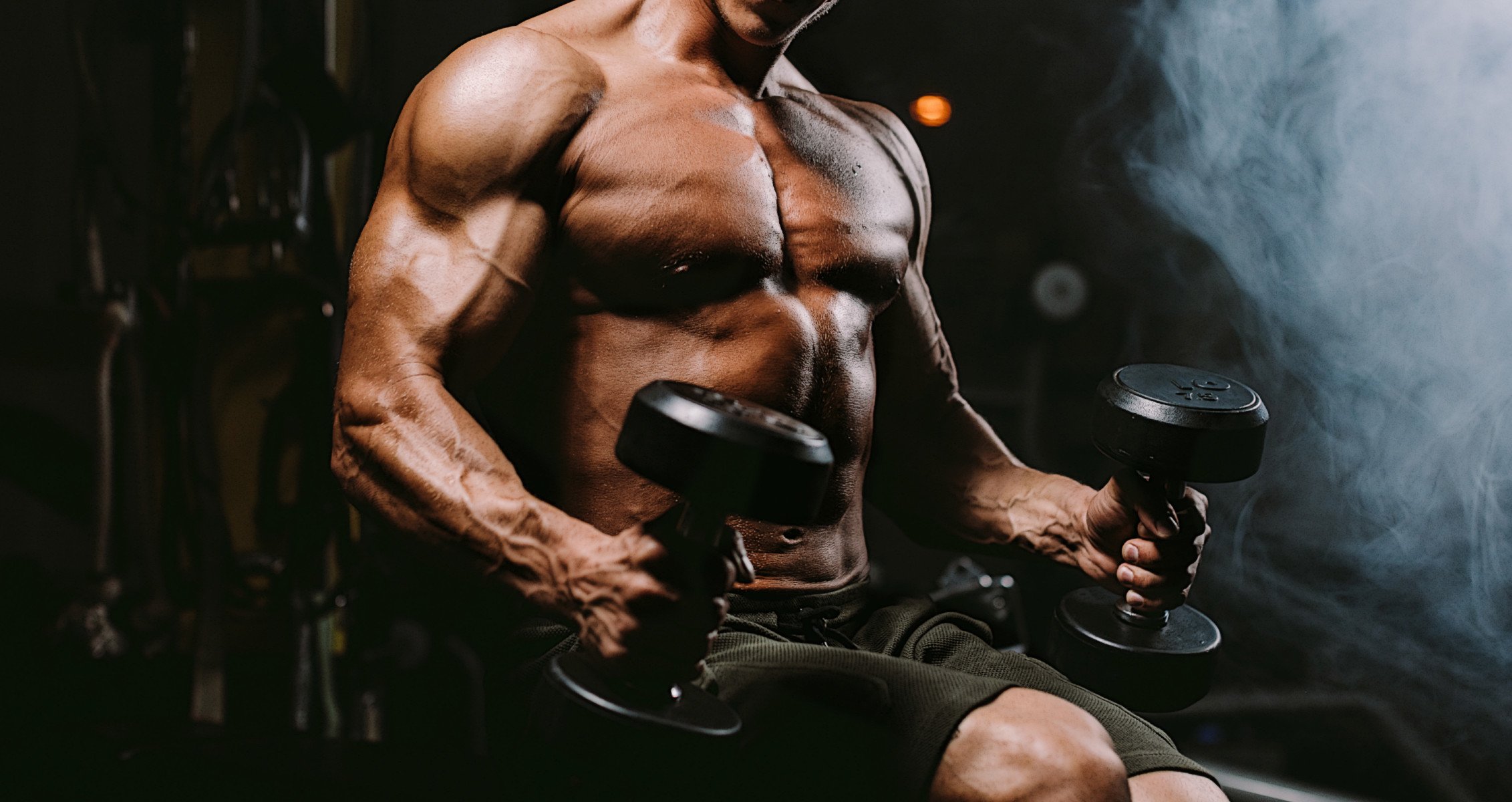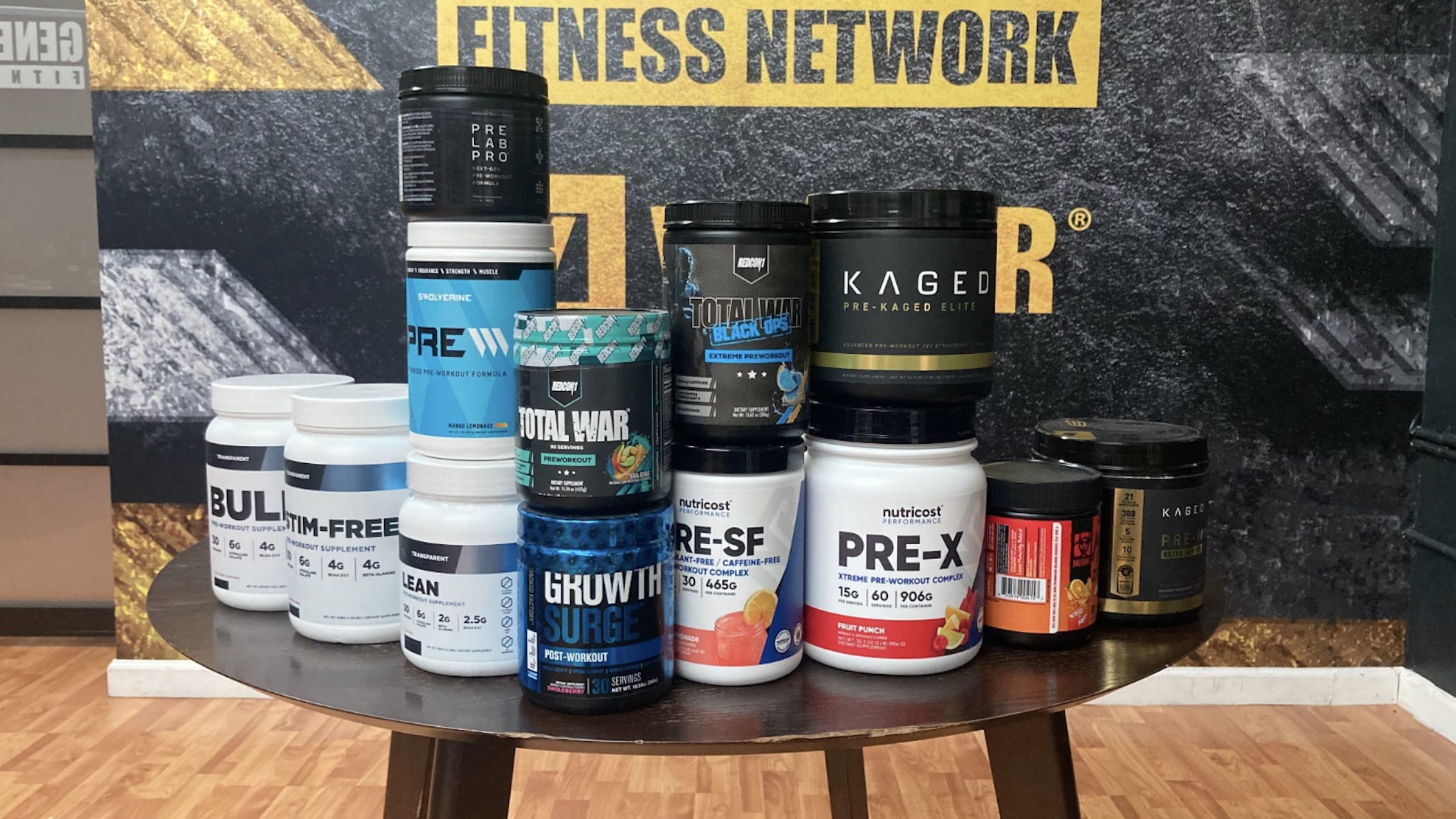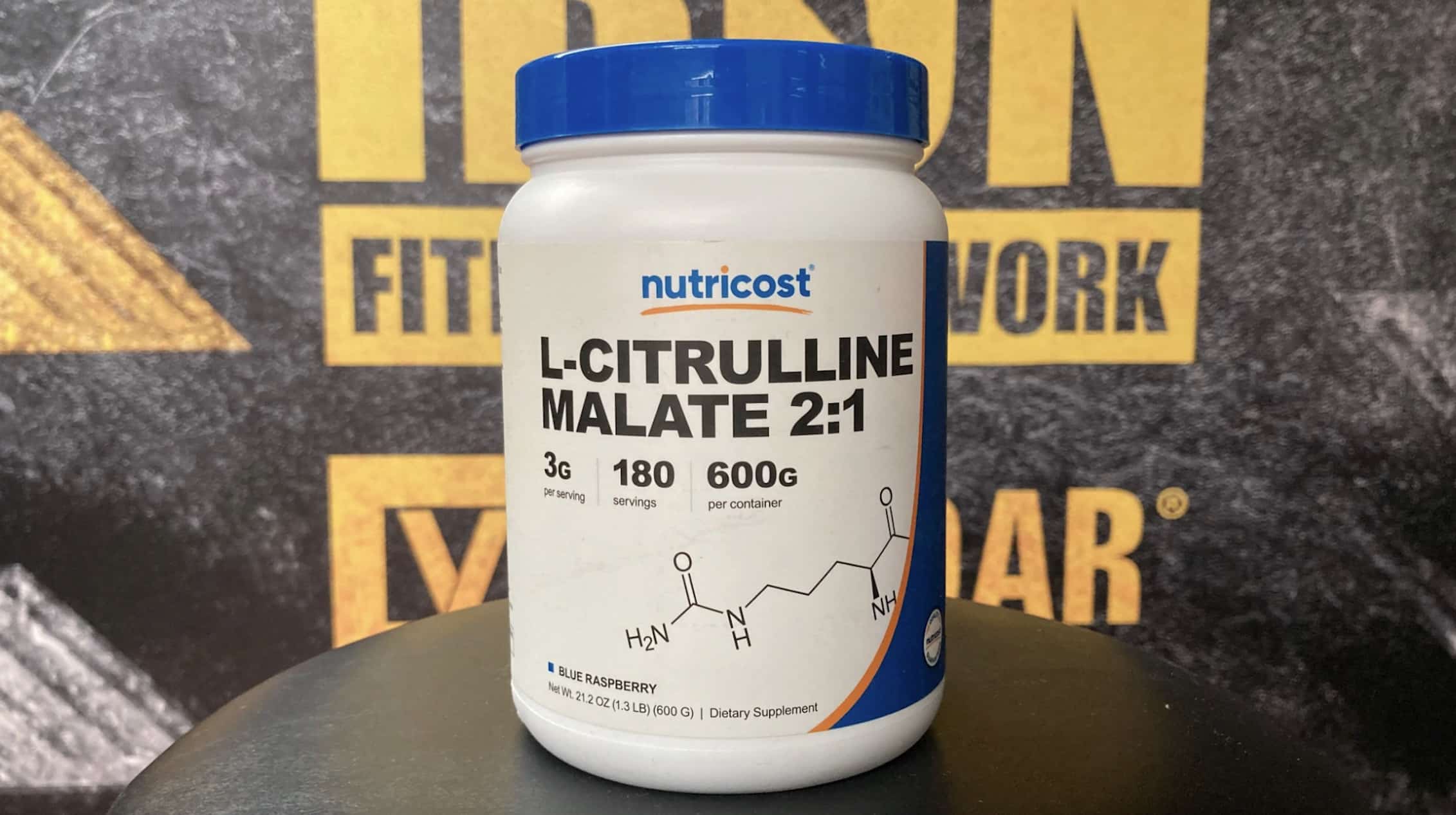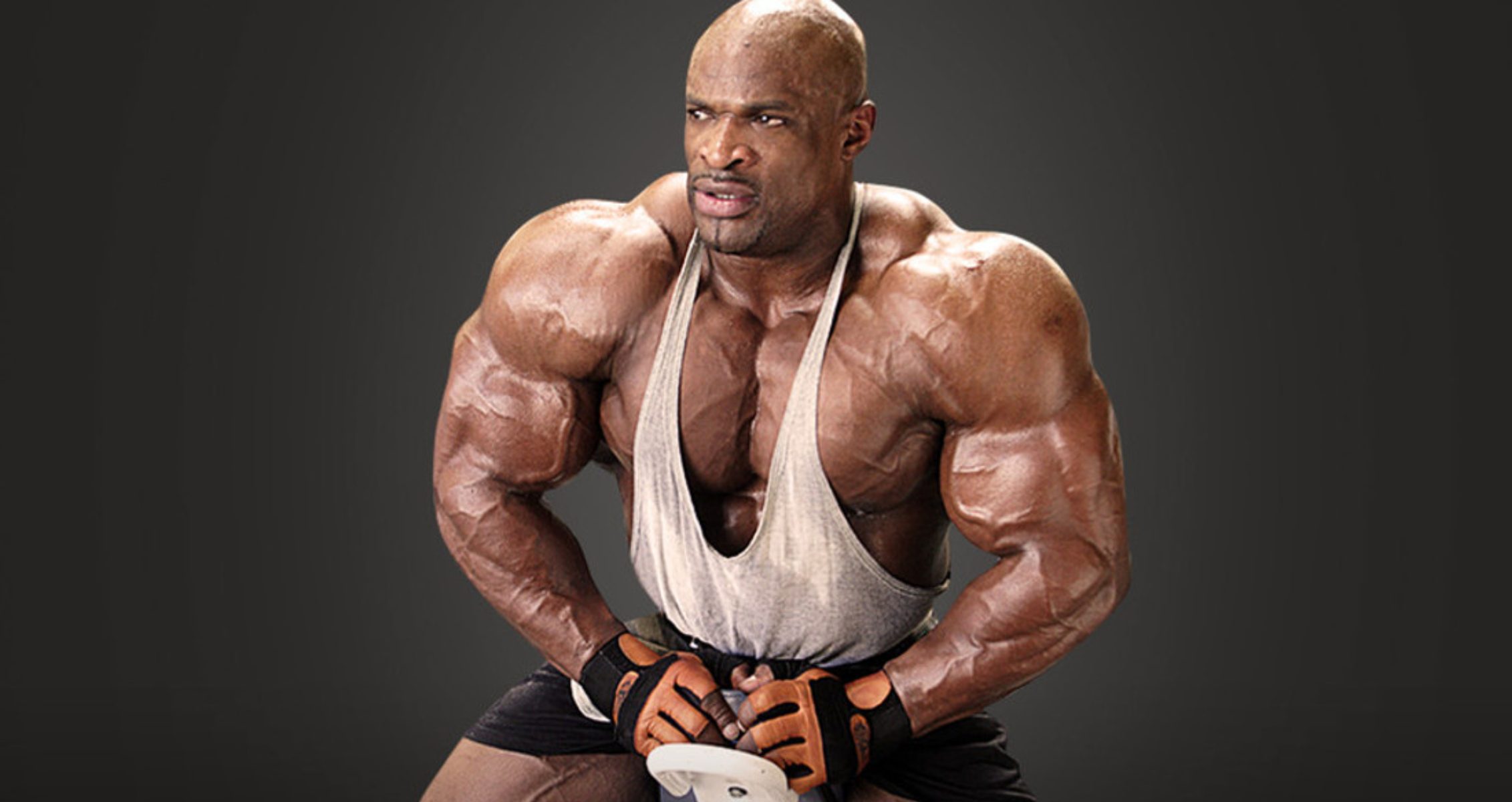The behind the neck press allows more range of motion for overhead presses.
The shoulders play a pivotal role in upper body development. Athletes rely on strong shoulders for various movements, including presses, stretches, and throws. Weak shoulders lead to poor form and impede upper body progress. Given their frequent use, shoulders are also prone to injuries, underscoring the need for their strengthening.
The shoulder press is a cornerstone exercise for cultivating robust shoulders. Research highlights the efficacy of barbell overhead presses in sculpting defined shoulders (1). Among the numerous variants of the shoulder press, the behind the neck press stands out for its technical complexity.
This article delves into the behind the neck press, spotlighting the muscles it engages and its primary advantages. It provides a detailed, step-by-step tutorial on executing this intricate exercise safely. We also present several outstanding alternative overhead presses targeting similar muscle groups, ensuring you maximize your bodybuilding and fitness endeavors.
Mike O’Hearn Performing Behind the Neck Press
Watch Mike O’Hearn perform the behind the neck press, for six sets of 3 using 280 lbs below:
Techniques & Muscles Worked
Behind the neck press is a strength-building exercise for the upper body. It primarily targets the shoulders, but the secondary muscles this overhead press works on include the traps, triceps, abs, and obliques.
You can use free weights like barbells, dumbbells, kettlebells, or EZ bars to do the behind the neck press. Resistance bands are also an option, and they’re easier to carry, allowing you to perform them anywhere. Below’s a step-by-step guide on how to do the behind the neck press seated using a barbell.
- Sit on the bench (with a backrest for more support) and grab the barbell with an overhand grip from your thighs. This grip should be wider than shoulder-width.
- Next, take the bar over your head and let it rest at the base of your neck.
- Inhale, and ensure you brace your core, squeeze your shoulder blades together, and firmly plant your feet on the ground. This is your starting position.
- Exhale and slowly press the bar, fully extending your arms and elbows. Pause for about 1-2 seconds.
- Next, inhale and slowly drop the barbell to the starting position to complete a rep.
- Repeat this movement for as many reps as you desire.
*Note: Avoid this exercise if you have shoulder issues, as it can place additional strain on your shoulder joints.
Benefits
The behind the neck press is an effective exercise for improving your vertical press variations. Below are its benefits.
Increased Range of Motion
Performing the behind the neck press increases the range of motion of your shoulder joints because of the depth of the downward movement. A study proves that muscle strength and thickness can occur when you use a full and increased range of motion (2).
Increased Flexibility & Strength at the Shoulder Joints
Most loads and movements occur at the shoulder joints, and regularly performing this exercise strengthens and develops the shoulders, making them flexible and easy for various movements like lifting, stretching, pushing, and pulling. Well-developed and strong shoulders can reduce the chances of injuries.
Isolates Shoulders
The behind the neck press primarily targets the delts. Placing the barbell just at the base of your neck eliminates any support from your pecs, solely focusing on your shoulders. This constant tension induces muscle hypertrophy, leading to stronger and broader shoulders.
Better Mind-Muscle Connection
This exercise eliminates upper body muscles, like the chest, and solely focuses on your shoulders. This improves the mind-muscle connection and strengthens your focus, enhancing muscle activity on the target muscles.
Carry Over to Other Exercises
Regularly doing the behind the neck press strengthens your shoulder and its joints. This makes it easy to transition to other exercises, such as Olympic lifts like jerks and snatches. It’s an excellent exercise to incorporate into your upper body workouts.
Alternatives
The behind the neck press is an effective exercise for building well-defined shoulders, leading to an aesthetically pleasing and muscular upper body. However, mixing up exercises to avoid limiting shoulder mass development and hitting a plateau is essential. Below are some alternative exercises for building similar muscles.
Kettlebell Windmill
The kettlebell windmill is a full-body exercise that targets the shoulders, rotator cuffs, rhomboids, and upper back muscles. It also targets the hamstrings, glutes, abs, and obliques. While the primary equipment for this exercise is kettlebells, you can also use other free weights.
Clean & Press
The clean and press is a compound movement that targets your shoulders, chest, arms, core, and lower body muscles. It’s a timesaving full-body routine that works multiple muscle groups. The equipment used for this exercise is a barbell.
Front Raise
The front raise primarily targets the anterior delts while the pecs and traps get engaged to a lesser degree. You can do a front raise with dumbbells, kettlebells, barbells, or even resistance bands. The cable machine also effectively allows for front raises and keeps the tension constant through movement.
FAQs
What is the behind the neck press good for?
The behind the neck press is suitable for building a muscular upper body by focusing on building strong and broader shoulders. This exercise is essential because the shoulders are used for various movements, such as lifting, pushing, pulling, stretching, and rotating the arms.
What is the behind the neck exercise?
The behind the neck press is a strength training exercise that targets the shoulders, triceps, and traps. It also activates the core muscles, like the abs and obliques. However, be careful when performing this exercise because it can put you in an uncomfortable position, placing excessive strain on the shoulder joints.
Is behind the neck press good for the side delts?
Performing the behind the neck press is good for training your side delts. This helps you increase your range of motion and improve your shoulder flexibility, making them more effective in other exercises like jumping jacks and other side shoulder raises. Check out the exercise guide above for more information on this routine.
Follow us on Instagram, Facebook, and Twitter for more exercise guides!
References
- Coratella, G., Tornatore, G., Longo, S., Esposito, F., & Cè, E. (2022). Front vs Back and Barbell vs Machine Overhead Press: An Electromyographic Analysis and Implications For Resistance Training. Frontiers in physiology, 13, 825880. https://doi.org/10.3389/fphys.2022.825880
- Pinto, R. S., Gomes, N., Radaelli, R., Botton, C. E., Brown, L. E., & Bottaro, M. (2012). Effect of range of motion on muscle strength and thickness. Journal of strength and conditioning research, 26(8), 2140–2145. https://doi.org/10.1519/JSC.0b013e31823a3b15


